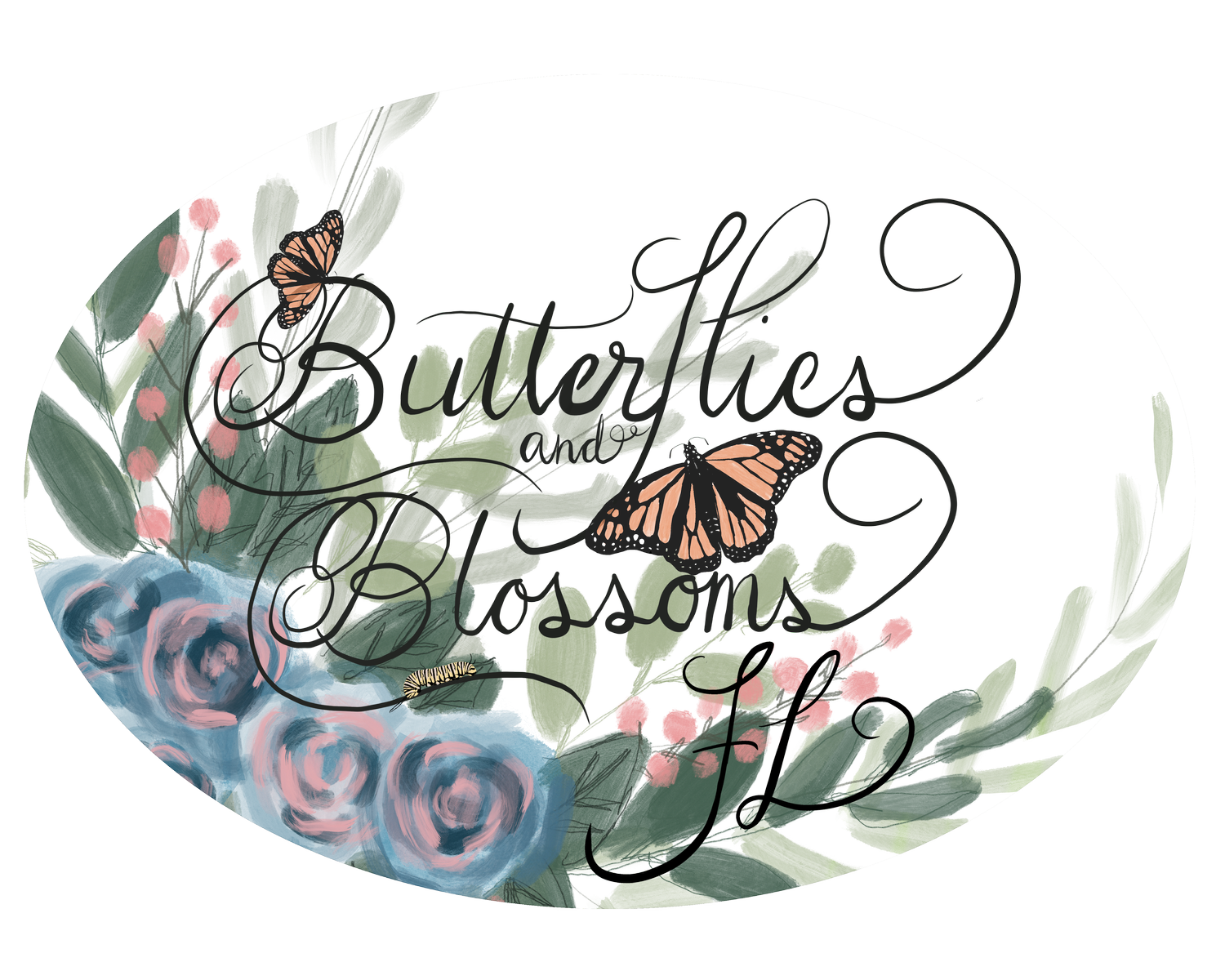Diary of a Gardener -Thriving (Not Just Surviving) in Florida Gardening.
The Truth About Killing Plants (and Why That’s Okay)
I have killed thousands of plants—no exaggeration. That number includes annuals that lived out their season and returned to the earth, as well as plants lost to hurricanes, which had nothing to do with my care or neglect. Even outside of those, I have still killed thousands of plants.
A gardening friend once told me that avid gardeners will kill around 10,000 plants in their lifetime. That number sounds staggering, but it’s true. The best part? That means you get 10,000 opportunities to learn, adjust, and improve.
I didn’t start with what people call a “green thumb.” In fact, I don’t believe in green thumbs—it’s a learned skill. Success in gardening comes from hours of practice, money spent, books read, classes taken, and, sometimes, learning everything over again. Climate changes. Our homes change. Our gardens evolve. Science and research are constantly updated. Keeping up can be overwhelming, and in Florida, it can feel like gardening on Mars.
Growing plants here is challenging. We deal with too much rain—or none at all. Our sandy soil makes it difficult for many plants to thrive. Summers are brutal. Hurricanes and strong winds wreak havoc. Invasive species, pests, and diseases run rampant. And let’s not forget the relentless summer heat, which makes maintaining a garden feel impossible. A neglected garden is often a dead one.
But It Doesn’t Have to Be That Way
Florida gardening isn’t about fighting nature—it’s about working with it. Success comes from choosing the right plants, planting at the right time, and adapting to our unique conditions. Plants will die sometimes, whether from neglect, poor placement, or reasons beyond our control—and that’s okay.
To help you avoid some of the mistakes I made (and still sometimes make), here are a few essential tips for growing a thriving Florida landscape:
🌿 Know Your USDA Zone – Where I live in Florida, we’re in Zone 10a. That means selecting plants suited for 10a and warmer (some 9a and 9b plants can work in shadier spots).
🌿 Ignore Big Box Store Plant Labels – They’re often misleading for our heat. Want to grow snapdragons in South Florida? Do it from January to April—June is too late.
🌿 Choose Native Plants – Native plants have been here long before settlers arrived, meaning they’re adapted to our climate. They require less water (saving you money 💰), support local wildlife, and attract native pollinators (which helps control pests).
🌿 Go Florida-Friendly – Florida-Friendly plants have naturalized here, meaning they thrive with minimal effort—less water, fewer pesticides, and better resilience to our conditions.
🌿 Flip Your Seasons – Want a vegetable or perennial garden? Plant between November and May. Florida gardening works on a different schedule.
🌿 Be Patient – With yourself and your plants.
🌿 Be Willing to Learn – Keep a gardening journal to track what works (and what doesn’t) so you can repeat your successes.
I want you to enjoy your Florida garden—not just tolerate it. If you need guidance on what to plant and where, book a consultation. I’ll create a customized plan, plant list, and maintenance guide to help you build the green oasis you deserve.
Happy growing! 🌱

